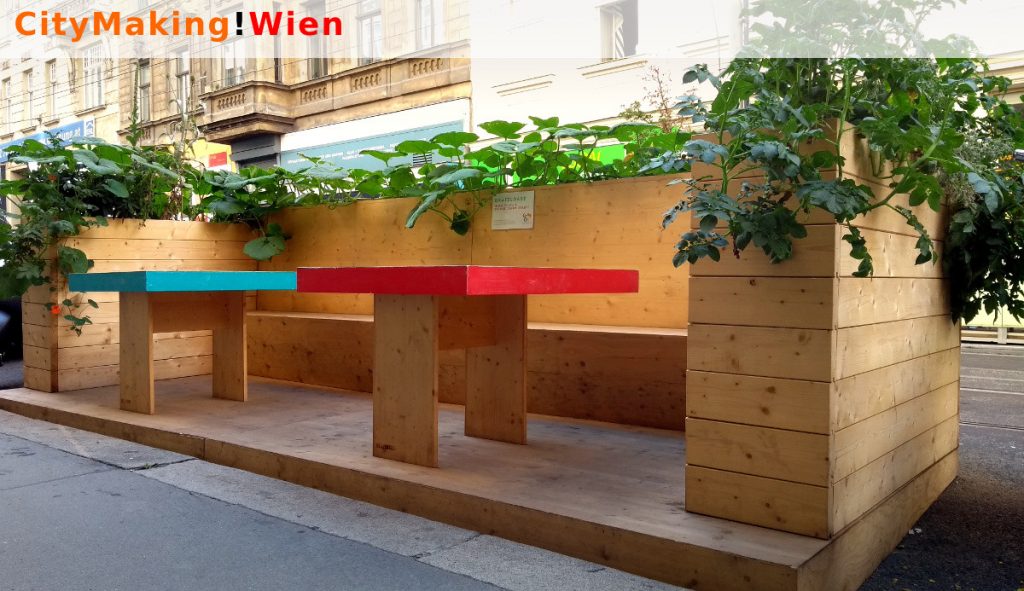
Important information: Please do not forget to answer our survey (6.5 min). Thank you!CityMaking!Wien is an online toolbox that facilitates the conception, design and submission of parklets in Vienna. With this tool we want to make it as simple as possible for the citizens to participate in the development of their neighborhoods.
At the moment CityMaking!Wien offers four different tools:
- Basic information about parklets and what should be considered for the conception and construction of a parklet in Vienna, regarding the security, the design and other aspects.
- A parklet potential map that shows where would be possible to build a parklet, by showing in red the different restrictions that apply for the use of parking places. The map simplifies the understanding of the regulations and offers a new understanding about public spaces.
- A design tool that facilitates the creation of the required drawings for the submission. The tool is very simple to use, yet it has considered many of the requirements regarding dimensions and security. People can also download the drawings and edit them according to their own visions.
- An online submission tool that facilitates the contact with the authorities and the submission of the required documents to obtain a permit for the use of parking places.
Last but not least CityMaking!Wien is also testing the impact of technology in citizen participation. We want to find out if technology does truly fulfill the promise of making participation and engagement easier, or if web-applications really encourage people to become active in their neighborhoods.
To answer these questions we are running an online survey and we are really thankful for your answers and your time (it takes in average 6.5 minutes). The website is being develop as part of the PhD thesis “New methods of citizen participation based on digital technologies” at the Austrian Institute of technology.
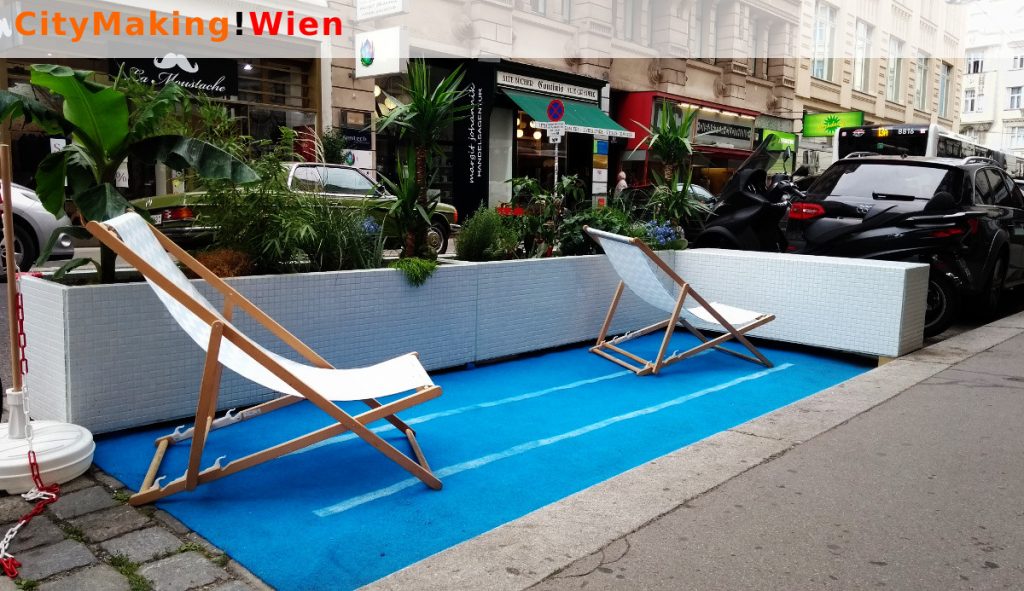
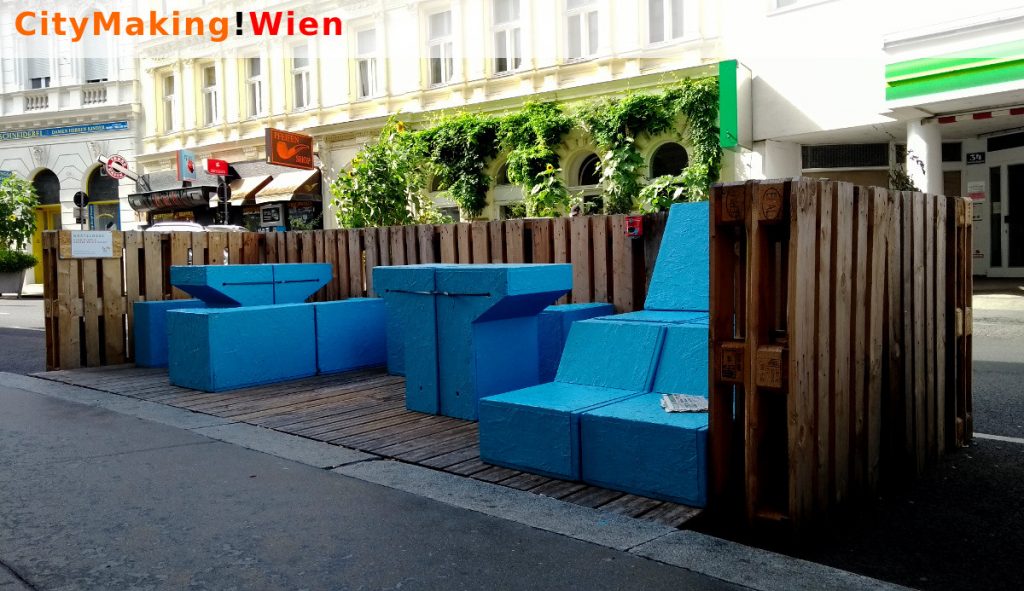 Credits:
Conception and development: Juan Carlos Carvajal Bermúdez, Matthias Herret.
Credits:
Conception and development: Juan Carlos Carvajal Bermúdez, Matthias Herret.Host organization: Austrian Institute of Technology
Media Partners: mediaarchitecture.org, streetlife.wien.
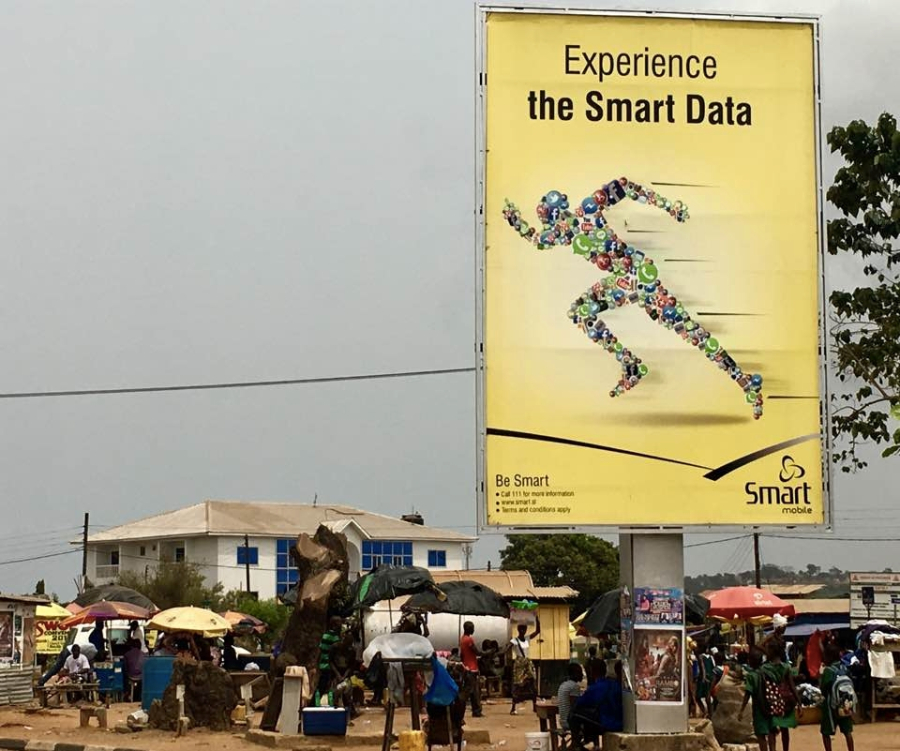

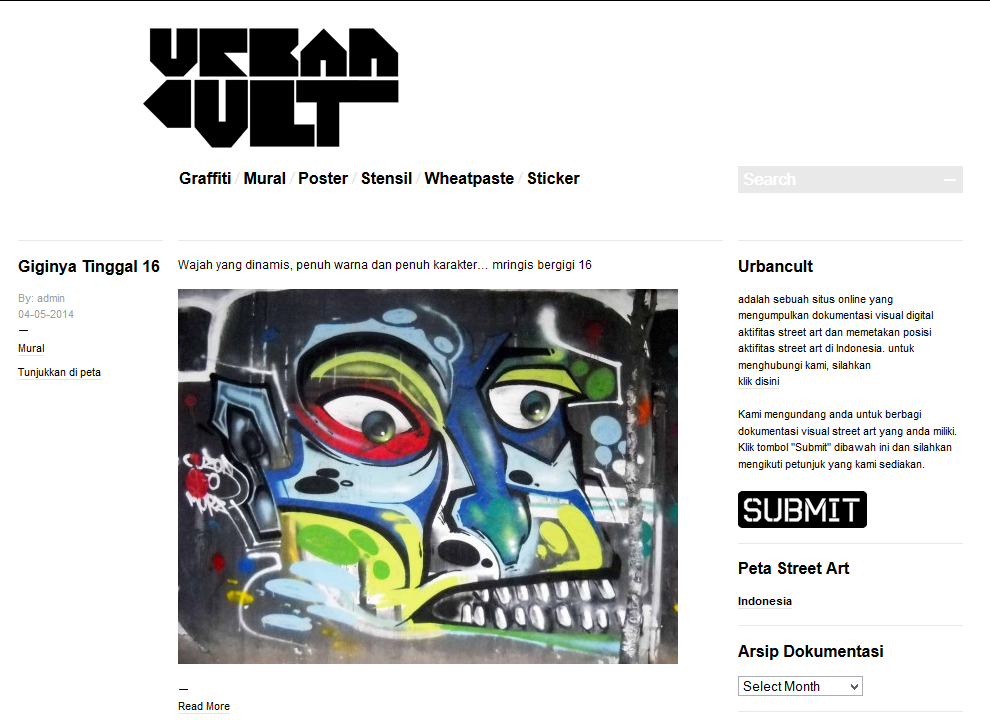 Urbancult is a visual documentation and archiving project that shows the location of street-art works in Indonesia. The goal of
Urbancult is a visual documentation and archiving project that shows the location of street-art works in Indonesia. The goal of 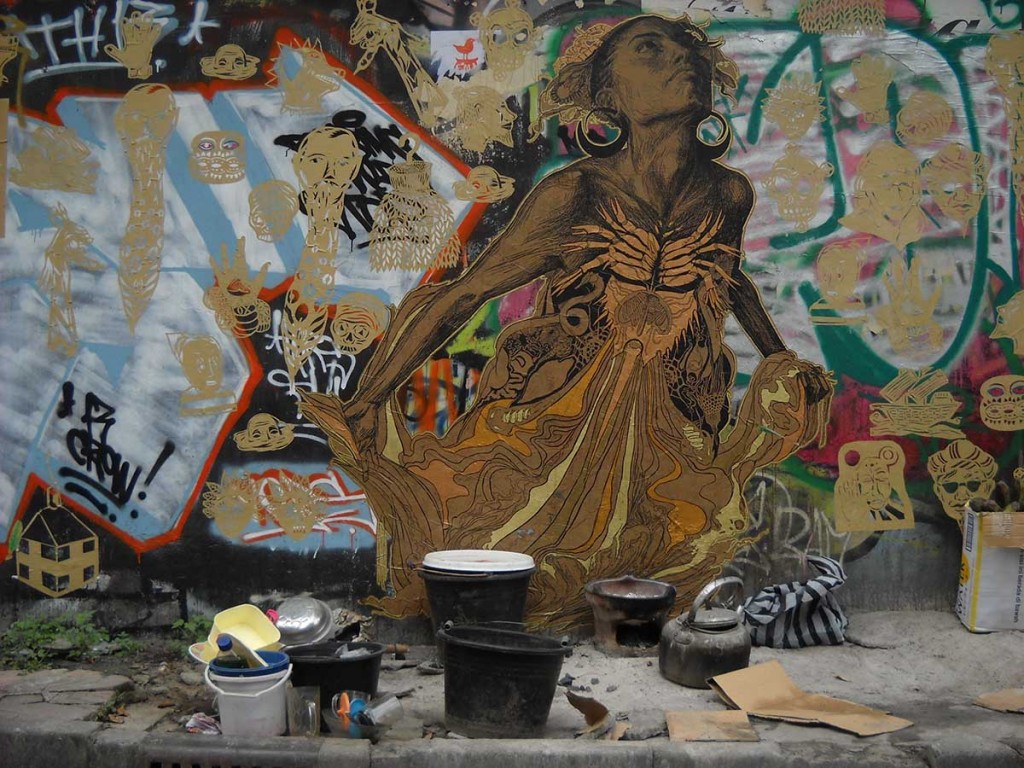
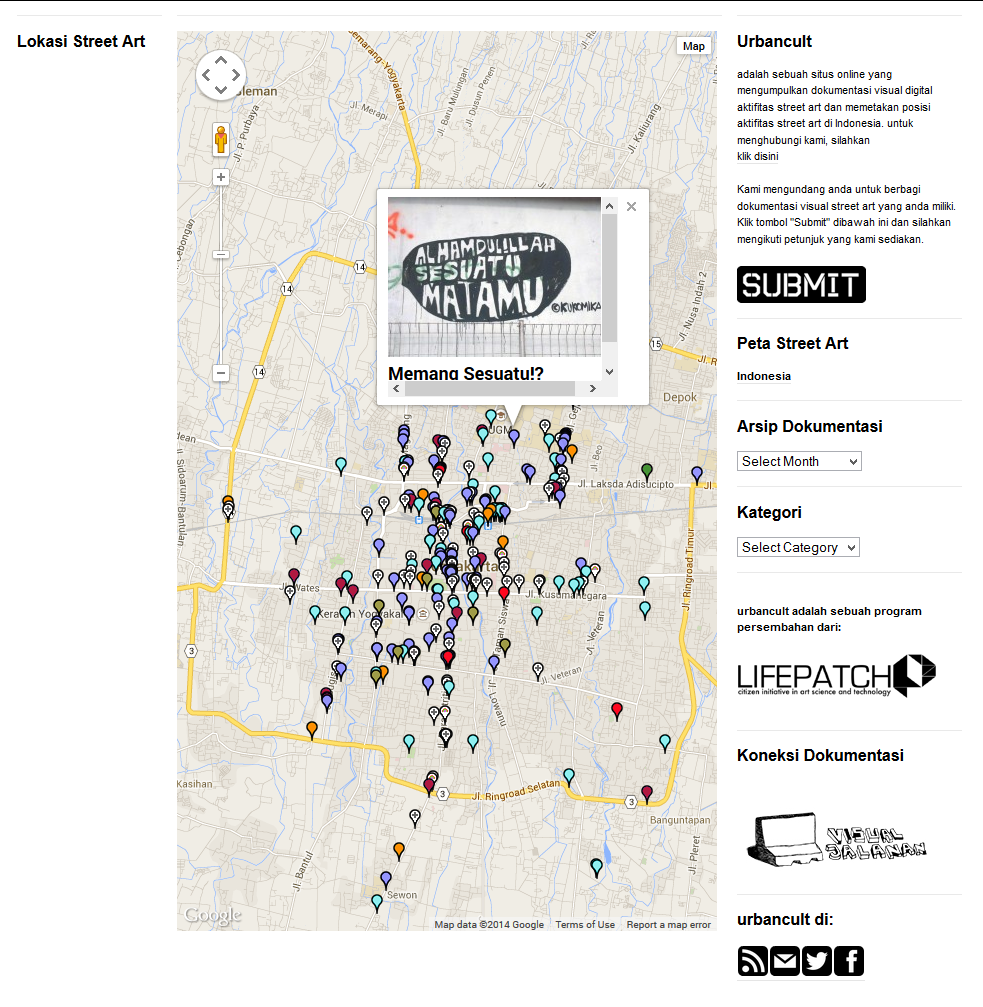
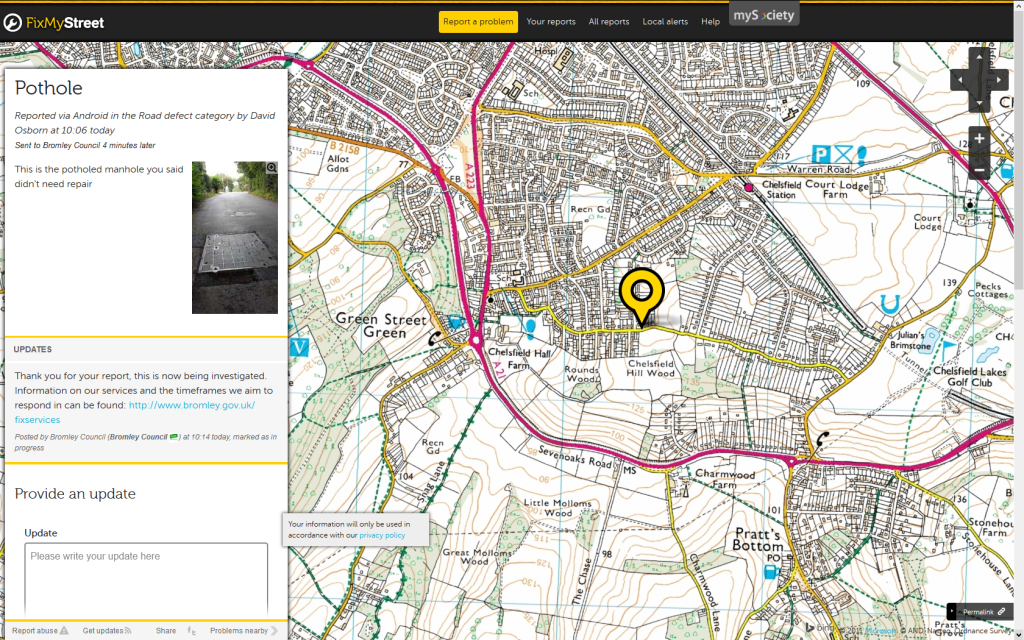 FixMyStreet is a pioneer project of the civic tech area. It is basically a web-application that lets citizens report problems with infrastructure in their city. The reports are then sent automatically to the responsible authorities, who should evaluate and eventually solve them. Potholes in the roads, broken street lights, abandoned vehicles can be easily marked in an online map, the web-app takes care of sending it to the local administration.
FixMyStreet is a pioneer project of the civic tech area. It is basically a web-application that lets citizens report problems with infrastructure in their city. The reports are then sent automatically to the responsible authorities, who should evaluate and eventually solve them. Potholes in the roads, broken street lights, abandoned vehicles can be easily marked in an online map, the web-app takes care of sending it to the local administration.
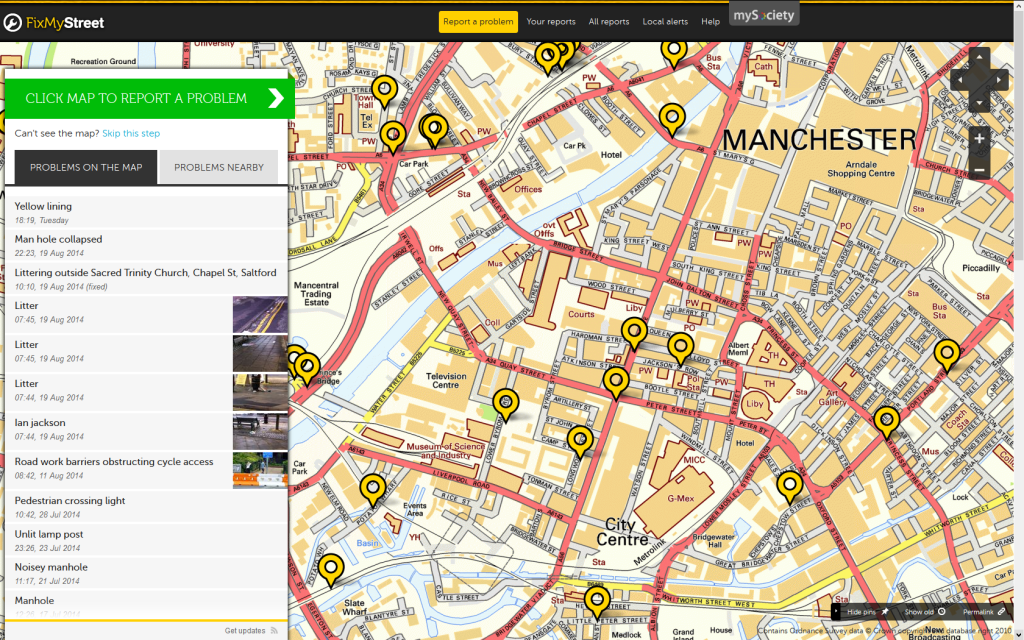
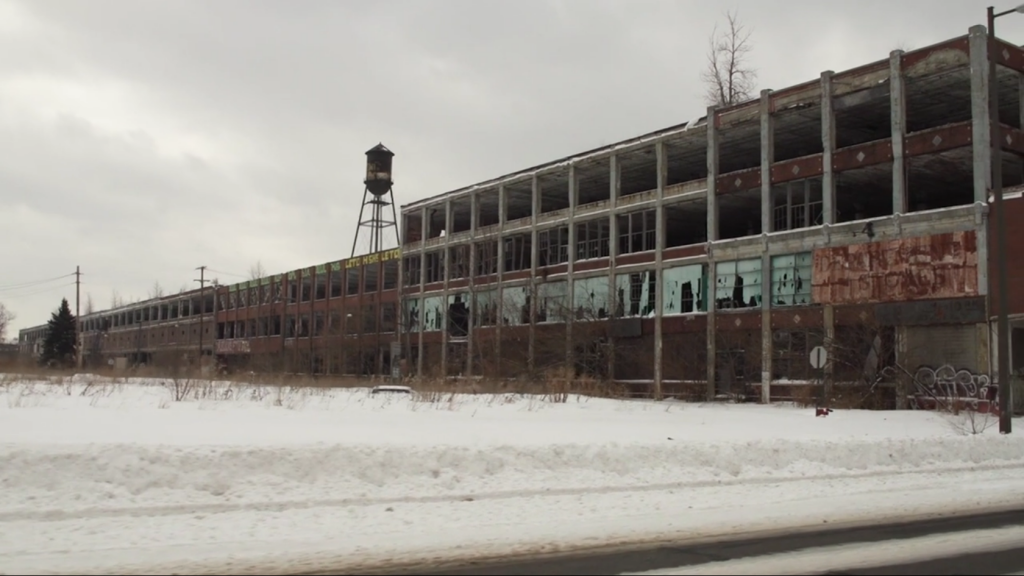
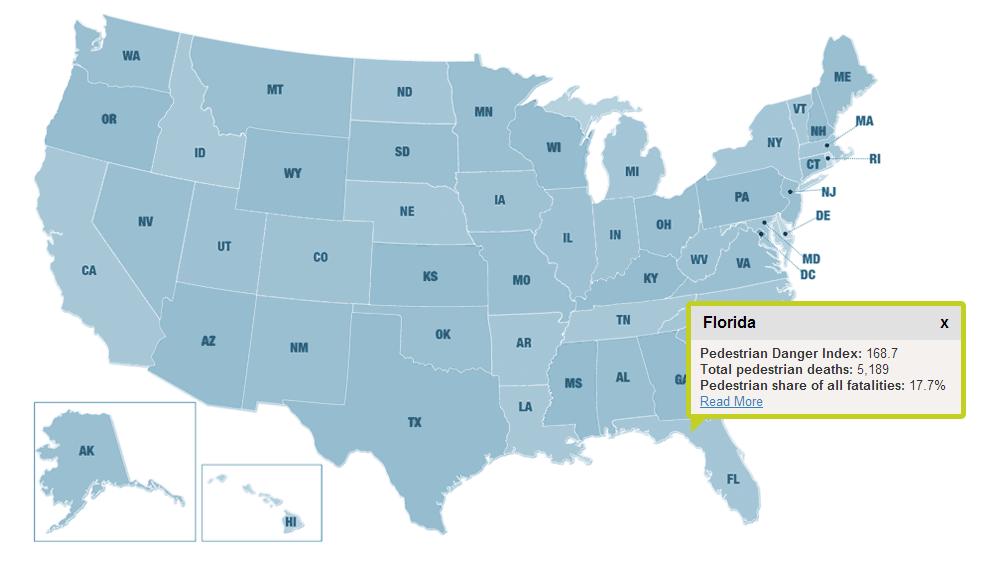
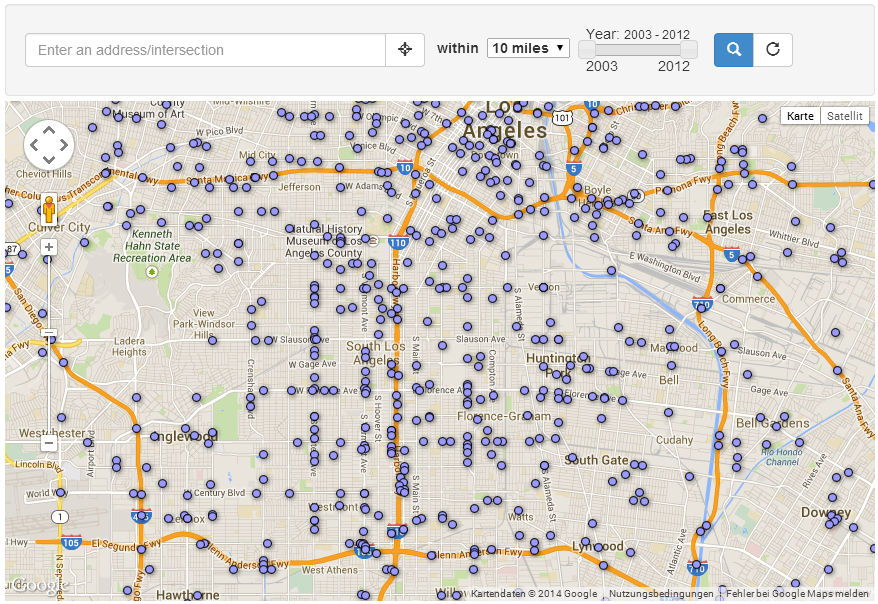
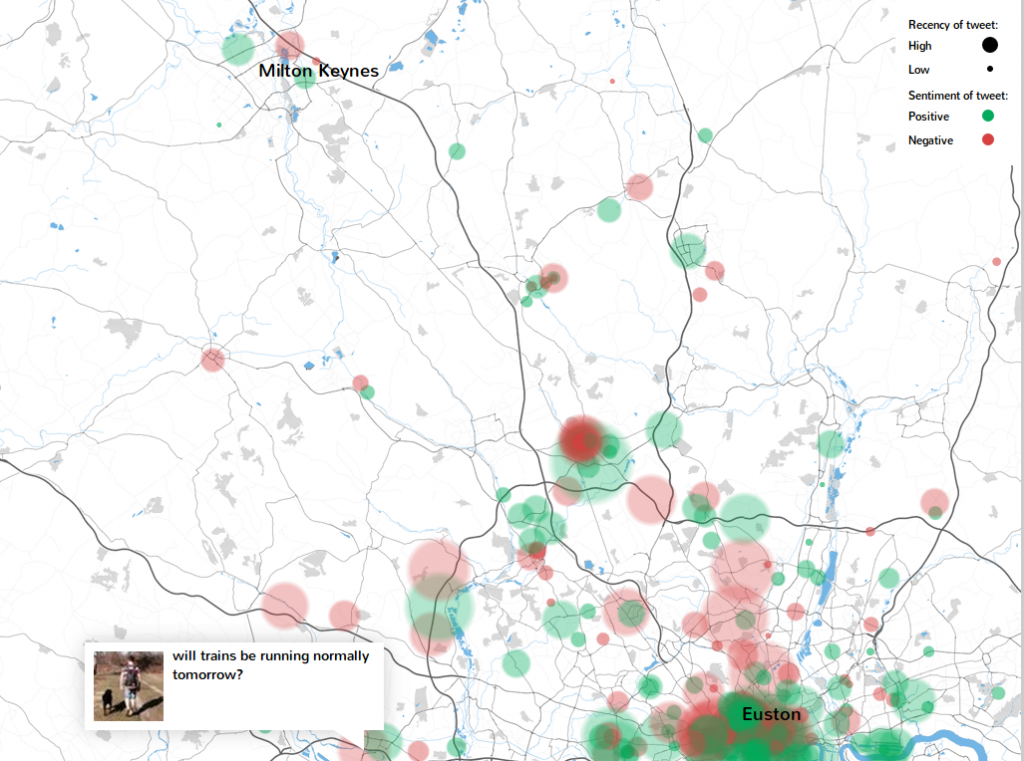
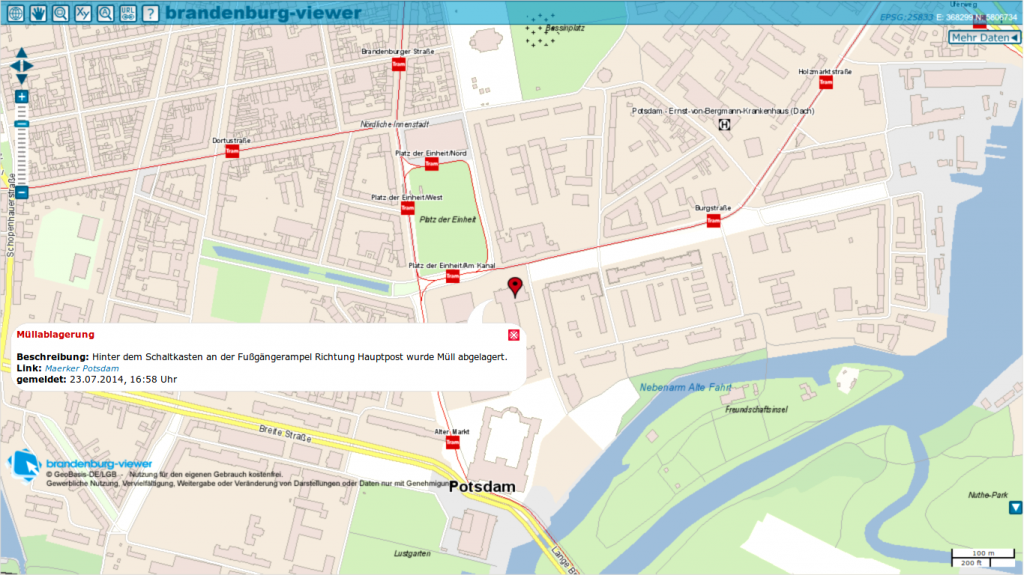
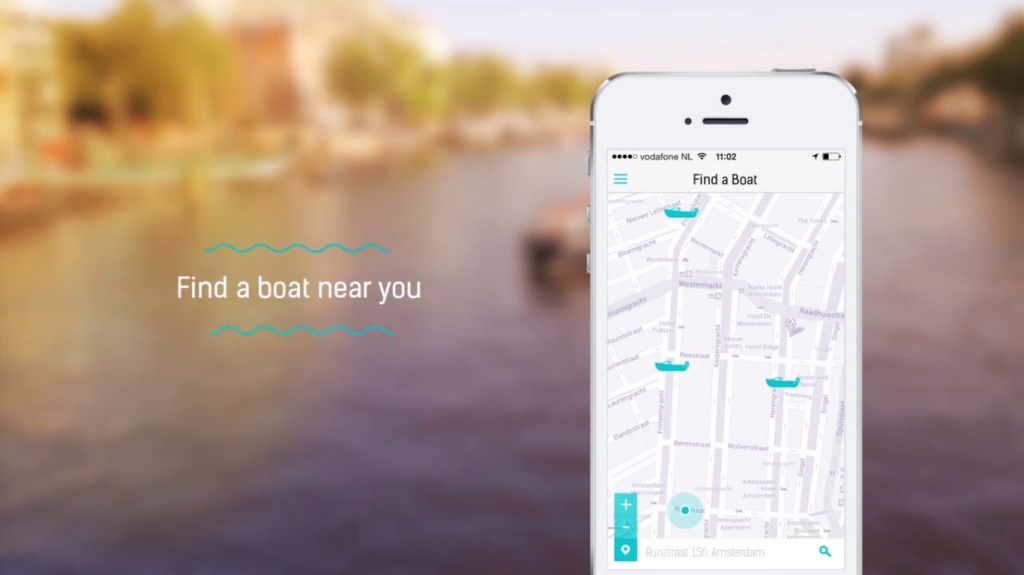
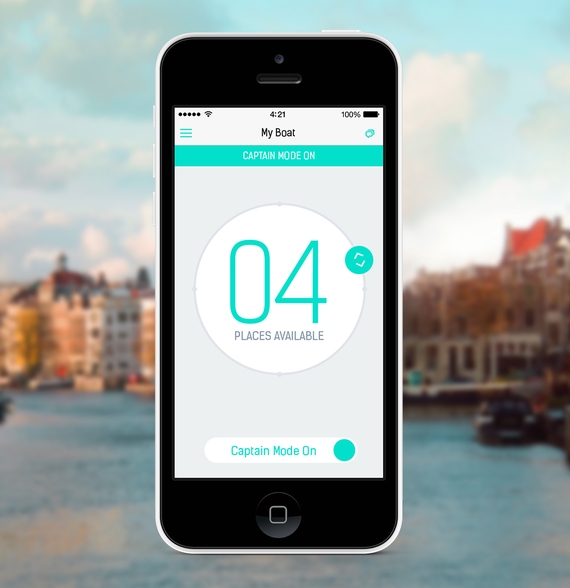
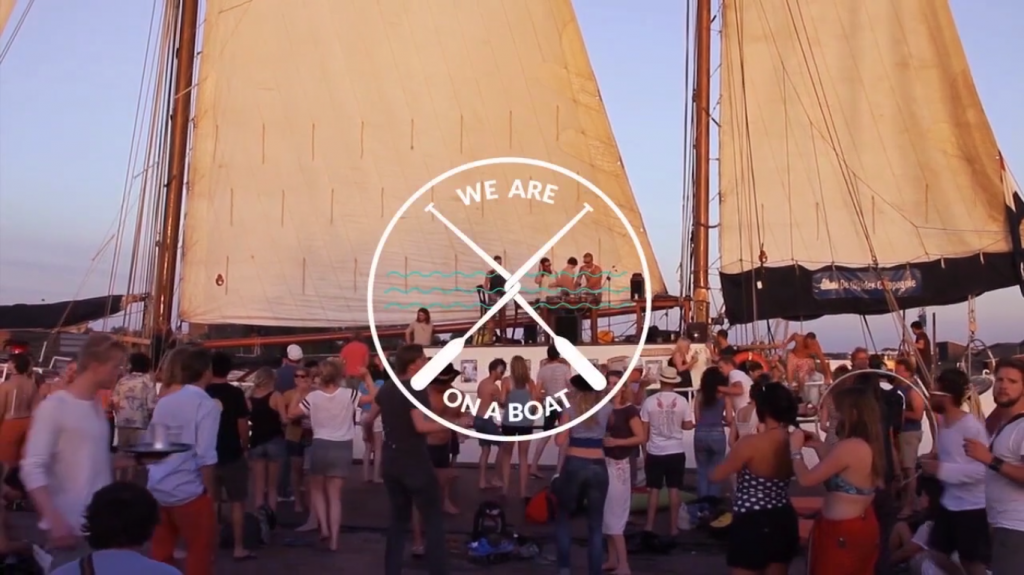 Credits:
Credits: